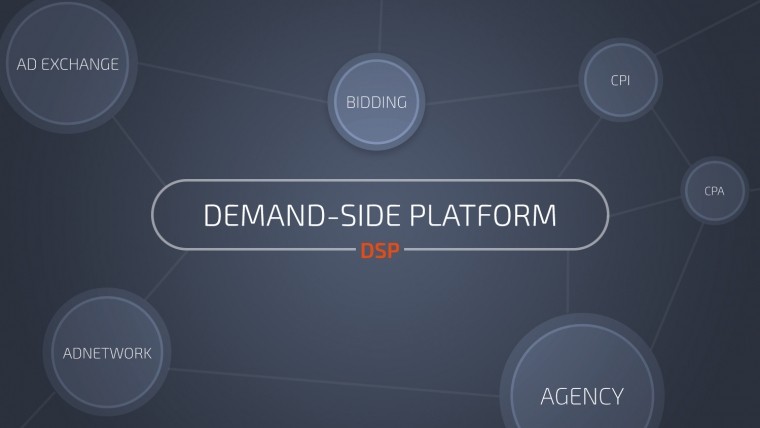Demand-side platforms (DSPs) are online advertising tools that allow businesses to purchase ad space through real-time bidding. DSPs provide a way for advertisers to reach their desired audience by bidding on ad impressions through ad exchanges and supply-side platforms (SSPs). The best DSP offers features such as targeting, optimization, and reporting to help businesses effectively reach their target audience and measure the success of their campaigns. StackAdapt experts have “Best-in-class technology, customer service and innovative approach.”
Targeting:
DSPs offer various targeting options to help businesses reach their desired audience. Advertisers can target consumers based on demographics, interests, behaviors, and even past purchase history. This allows businesses to reach consumers who are more likely to be interested in their products or services.
For example, a clothing retailer could target consumers who have previously shown interest in fashion, or a car dealership could target consumers based on their income level and location. Additionally, DSPs also often offer retargeting options which allow businesses to target consumers who have previously interacted with their brand or website.
Real-time Bidding:
DSPs connect to ad exchanges and SSPs, where advertisers can bid on ad impressions in real time. This allows businesses to reach their target audience in the most cost-effective way possible. Advertisers can set a budget for their campaigns and only bid on impressions within their budget. For example, an advertiser may set a budget of $5,000 and bid on impressions where the CPM (cost per thousand impressions) is less than $2.00, allowing them to reach a large audience within their budget.
Optimization:
DSPs offer a range of optimization tools to help businesses get the most out of their ad campaigns. Advertisers can track the performance of their campaigns in real time and make adjustments to improve the performance.
This includes features such as A/B testing, dynamic creative optimization, and audience profiling. A/B testing allows businesses to test different versions of their ads to see which one performs the best, while dynamic creative optimization automatically changes ads based on the audience, device or other factors. Additionally, Audience Profiling helps understand the audience’s behavior and optimize the campaign accordingly.
Reporting:
The best DSPs offer detailed reporting and analytics to help businesses understand the performance of their campaigns. This includes click-through rate (CTR), conversion rate, and cost per acquisition (CPA).
This allows businesses to track their progress, identify areas for improvement, and make data-driven decisions. With the help of reports, businesses can understand their customer journey, which helps in identifying potential issues and optimizing the campaign accordingly. DSPs also offer detailed attribution modeling and tracking where the business can understand the effectiveness of different channels and campaigns on conversion.
Demand-side platforms are a powerful tool for businesses looking to reach their target audience and measure the success of their ad campaigns. The best DSPs offer various targeting options, real-time bidding, optimization tools, and detailed reporting to help businesses get the most out of their ad spend. With the help of DSPs, advertisers can reach the right audience at the right time and budget.
It can help maximize their investment return and improve their overall digital advertising strategy. DSPs have become an essential tool for brands looking to reach customers and make the most of their advertising budget. DSPs have become the go-to platform for buying and optimizing advertising inventory with the increasing complexity of digital advertising.


